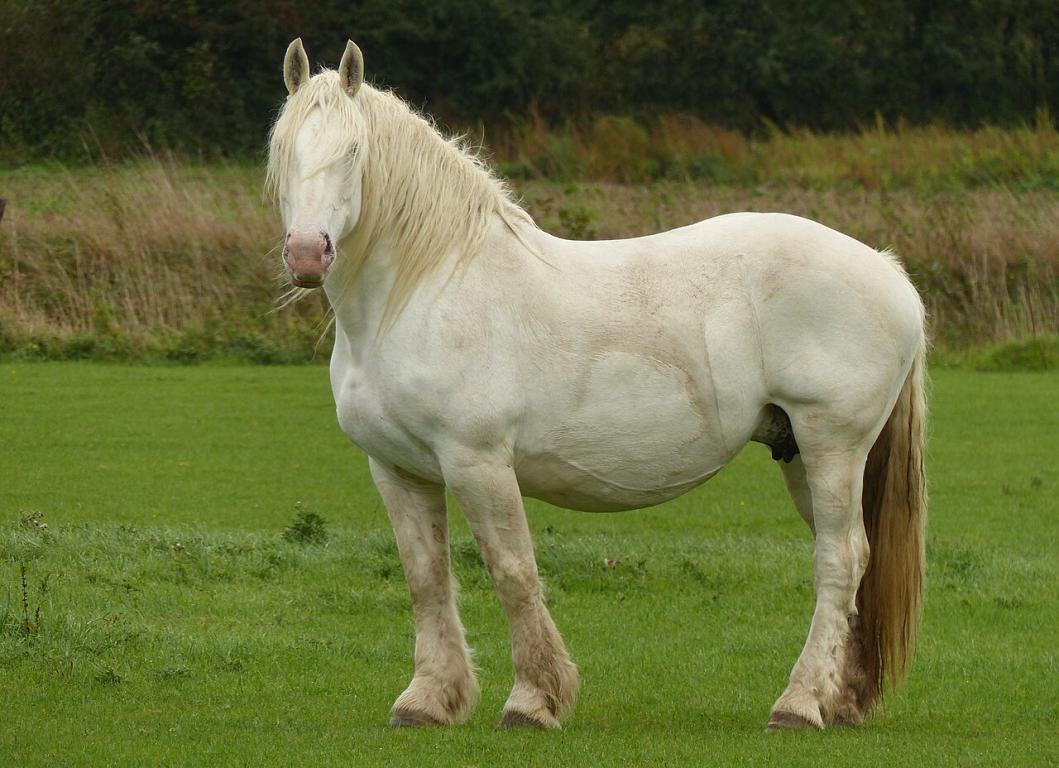
Continent: Europe
Country: France
Weight: 600 – 900 kg
Height: 155 – 175 cm
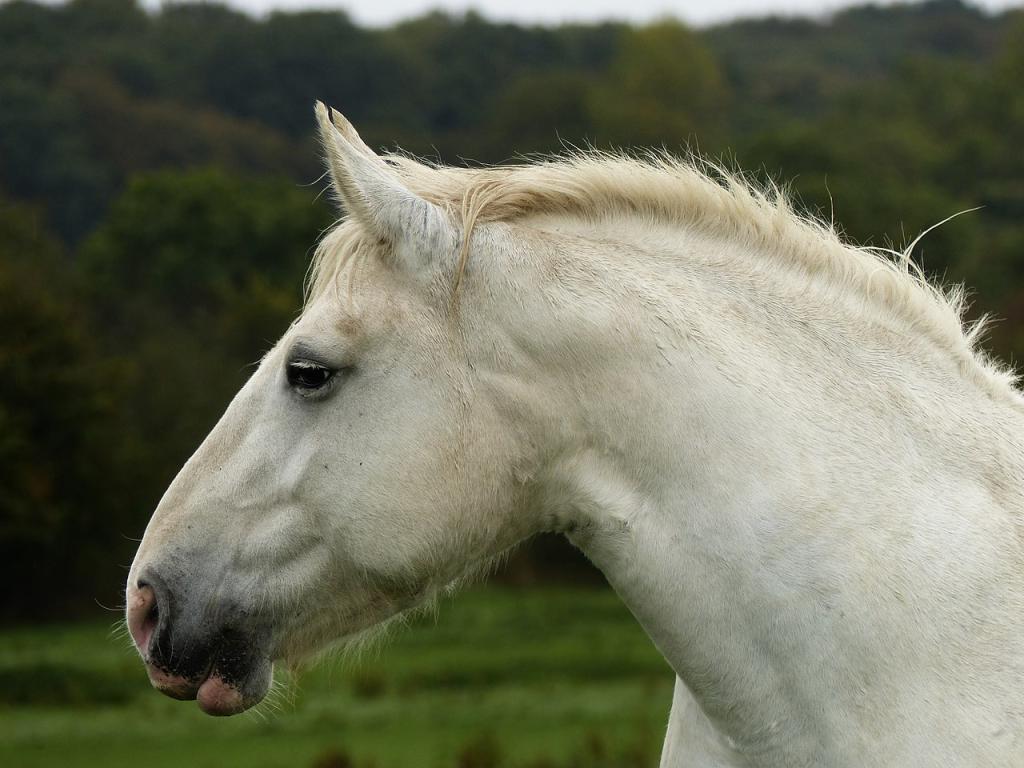
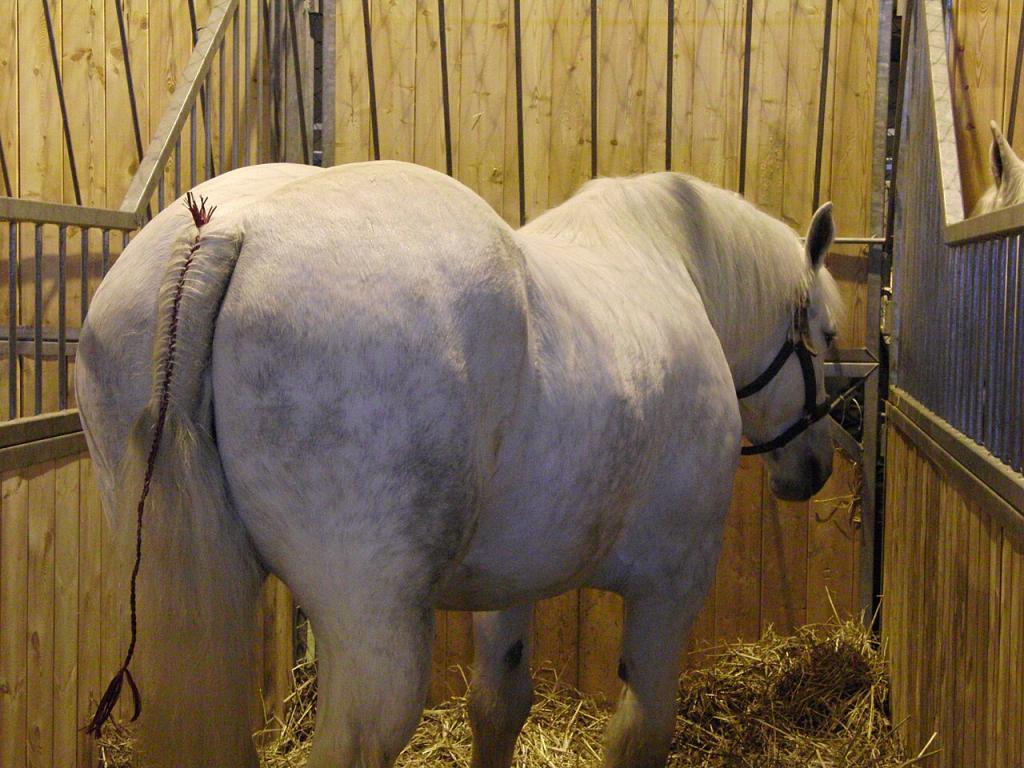
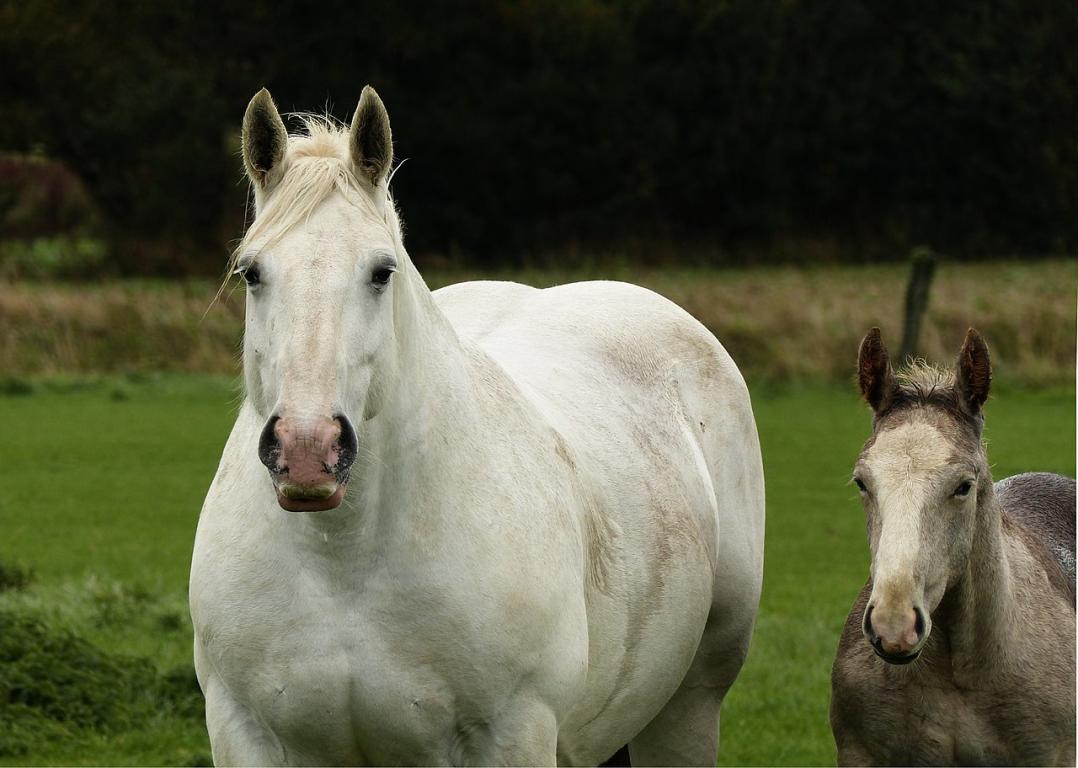
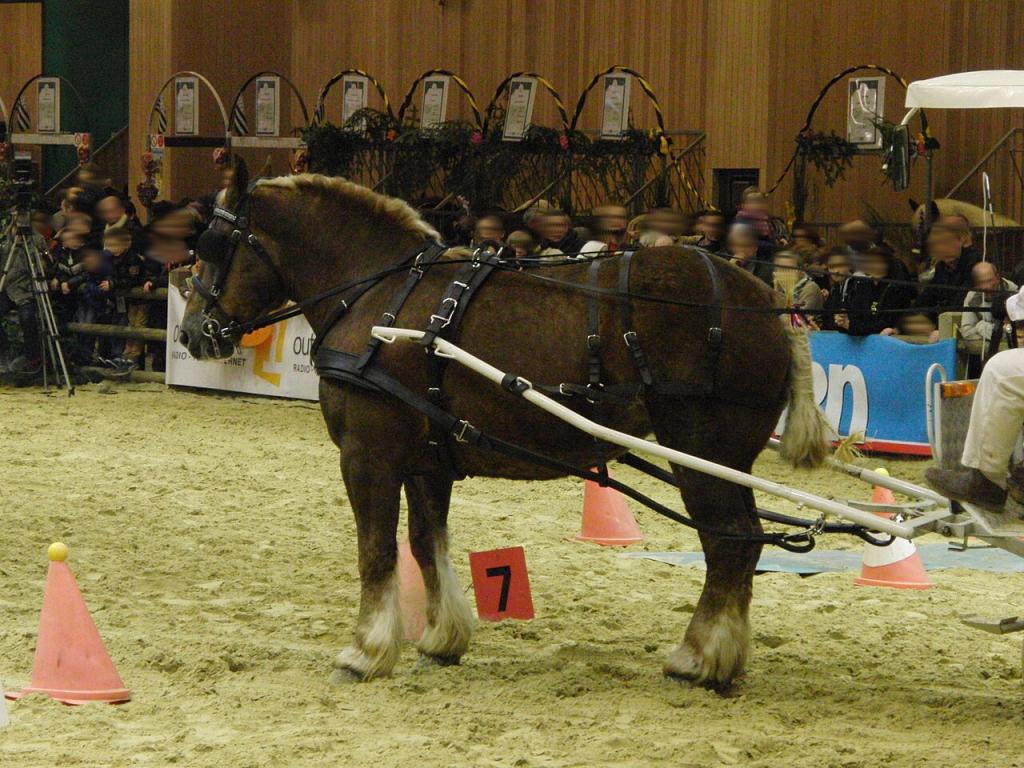
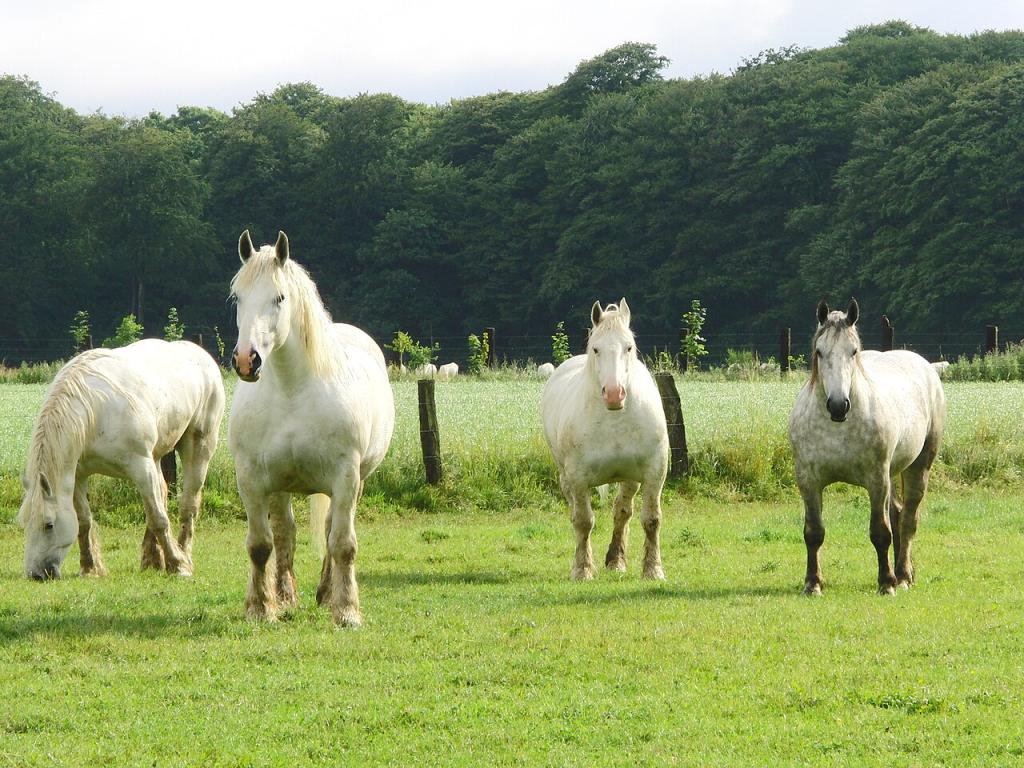
The Boulonnais horse originates from northern France, specifically from the Boulonnais region, a coastal area surrounding Boulogne-sur-Mer in the Pas-de-Calais department.
This powerful draft breed descends from ancient horses once used by the Roman legions, later enriched by Arabian and Andalusian blood during the Crusades, and subsequently crossed with heavy Flemish and Norman draft horses.
It was developed to meet the needs of heavy transport, especially to pull fish convoys between Boulogne and Paris—earning it the nickname “Colis lourd du Nord” (Heavy Freight of the North).
The Boulonnais is thus deeply connected to the agricultural, economic, and military history of its native region.
The Boulonnais is historically and primarily bred in northern France, especially in the following departments:
– Pas-de-Calais, the historical cradle of the breed, particularly around Boulogne-sur-Mer, Desvres, Samer, and Montreuil-sur-Mer;
– Somme and Nord, where breeding expanded in the 19th century;
– Seine-Maritime and Oise, as secondary zones linked to agricultural and transport uses;
– Normandy, especially in the Eure and Manche, with some specialized breeding farms.
Today, the breed remains mainly raised in the Hauts-de-France region, but some farms are also found in other parts of France and in several European countries, notably Belgium and Germany, as part of conservation programs.
This geographic distribution is supported by regional associations and preservation initiatives aiming to maintain a genetically viable population suited to contemporary uses (driving, show, ecological draft work...).
The Boulonnais has significant genetic heritage value as an old and distinct French draft horse breed. Its robust build, docile temperament, and exceptional pulling power make it an important genetic reservoir for:
– maintaining genetic diversity among draft breeds, in a context of overall population decline;
– improving conformation and bone strength in crosses intended for leisure driving or agricultural use;
– preserving hardy lines adapted to temperate, humid climates and intensive work;
– developing “modern utility horses” that are both powerful and elegant, thanks to its harmonious build.
Furthermore, the Boulonnais is one of the rare draft breeds that has retained a degree of refinement and a dynamic model, making it suitable for lighter crosses (e.g., sport driving horses).
Its preservation today represents both a genetic and cultural priority, supported by government-supervised breeding programs and regional breeder associations.
Ancient and Gallo-Roman Origins
The Boulonnais traces its roots to the Boulogne-sur-Mer region in northern France. As early as Antiquity, the Belgic Gauls raised sturdy horses suited to the region’s climate and terrain. It is believed that Roman legions crossed these native horses with Oriental breeds, possibly of Arab or Numidian origin, laying the foundation for the breed.
Crusades and Oriental Influence
From the 11th to 13th centuries, returning crusaders from the region brought back Barb and Andalusian horses, which were crossed with local stock. This oriental blood refined the model, giving the Boulonnais an expressive head, arched neck, and more elegant gaits. It became known as the “Grand Boulonnais”, powerful yet refined.
Military and Transport Horse
From the Middle Ages to the 18th century, the Boulonnais was used as a warhorse for heavy cavalry, and later as a transport horse, hauling military loads and goods. Its strength and endurance made it indispensable to both armies and merchants.
The “Colis lourd du Nord”
In the 19th century, the Boulonnais specialized in civilian heavy transport, particularly pulling fish carts from Boulogne-sur-Mer to Paris—a 200 km relay journey. This earned it the nickname “Colis lourd du Nord” (Heavy Freight of the North), which contributed to the breed’s fame.
Stud-Book Creation and Standardization
The Boulonnais stud-book was officially created in 1886, to regulate breeding, standardize morphological traits, and preserve quality. At that time, the breed flourished, with thousands of foals registered annually.
Decline and Mechanization
The 20th century brought a dramatic decline, due to agricultural mechanization and the impact of the two World Wars, which decimated the population. An attempt at meat production in the 1960s failed to reverse the trend.
Conservation and Partial Revival
Since the 1980s, conservation programs have been implemented by the State, National Studs, and breeders’ associations. The Boulonnais is increasingly visible at horse festivals, in green tourism, for leisure driving, and in eco-friendly traction work.
Still Endangered
Despite these efforts, the Boulonnais remains critically endangered (FAO). Its future relies on breeder commitment, institutional support, and better promotion of its strengths for modern purposes.
The Boulonnais is known for its calm, steady, and cooperative temperament. It is a docile horse, easy to handle, and remarkably gentle—even with inexperienced handlers. It shows a natural willingness to work and easily adapts to commands, whether in hand or in harness.
Despite its imposing size and strength, the breed displays mental flexibility and a well-balanced character, making it an excellent partner for leisure, draft work, and animal-assisted activities.
The Boulonnais also possesses great intelligence and sensitivity, which fosters trust between horse and handler. Its peaceful disposition makes it rarely fearful or aggressive, and it tolerates various environments (crowds, noise, city driving...) quite well.
Like most draft breeds, the Boulonnais faces significant challenges, notably the sharp decline in its population and reduced demand for traditional agricultural uses.
However, several positive trends offer hope for its future:
– Active support from the State and local authorities, with conservation programs overseen by the IFCE and breeders’ associations;
– Diversification of uses, including leisure driving, eco-tourism, urban and forest draft work, and equestrian shows;
– Cultural valorization, with growing recognition of the Boulonnais as a living heritage of northern France;
– Promotion of local and sustainable breeding models, through short supply chains and proximity farming;
– Targeted crossbreeding in European programs to improve the conformation or hardiness of other breeds.
Despite this, the Boulonnais remains at risk, classified as critically endangered by the FAO. Its survival strongly depends on breeder engagement, public institutional support, and increased public awareness of its historical, aesthetic, and functional value.
The Boulonnais is generally a hardy, rustic, and long-lived breed, thanks to solid conformation and careful selection. However, like all heritage breeds with low numbers, it shows certain vulnerabilities:
– Inbreeding: The small number of breeding individuals reduces genetic diversity, requiring careful pairing to avoid genetic drift.
– Conformation issues: Some individuals may show structural defects, especially in the limbs (cow hocks, splay feet, flat hooves), particularly if poorly monitored during growth.
– Weight-related concerns: Due to their heavy build, Boulonnais horses can suffer from joint or tendon problems if kept inactive.
– Prone to laminitis: Like many draft breeds, they may be predisposed to laminitis, especially if overfed or poorly managed.
– Skin problems (mud fever): Living in humid pastures with feathered legs, they may be prone to skin conditions like mud fever if not well cared for.
There is no known breed-specific genetic disorder, but regular veterinary monitoring and balanced feeding are essential for maintaining good health.